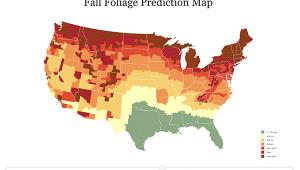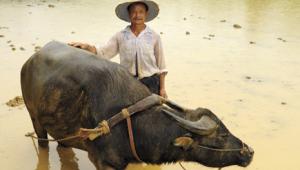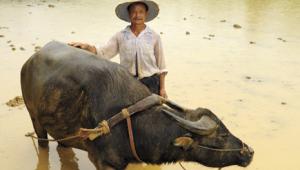Personal Project; The Art Of New York’s Bridges
When I started my Bridge Project back in 1993 I had no idea how I would really begin to climb and photograph the 15-20 New York City bridges that I would need to complete it. It all started when I saw some fantastic images that John Sexton and Ron Wisner took from the top of the Golden Gate Bridge. I said to myself, where are there huge and more bridges than anywhere in the country? Only a few miles away from my home in New Jersey in New York City. So, after many phone calls, letters, and meetings with people from all three bridge authorities, I began working on this project 13 years ago.
Top Of GWB |
|
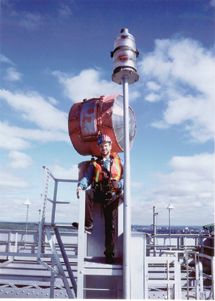 |
|
|
I have always loved architecture, and to me bridges are the pinnacles of civil
engineering. I first started photographing the bridges with a 4x5 monorail camera
but I realized that it would not work if I were photographing on the main cables
and eyebars of the bridges. Since I have absolutely no fear of heights my visualization
would not be hindered. I did use my Leica R5 for some close-up work, taking
advantage of the great depth of field, but I needed a larger format for bigger
enlargements. I then decided to use my Hasselblad 2000 FCW. With the 40mm Distagon
lens it became my workhorse camera. It provided the larger negative but I had
to contend with bridge vibration and wind.
Then I saw an ad for a camera gyroscope. I figured that would correct my camera
shake problem. After renting the Ken-Lab KS-8 Gyro, I found that it worked perfectly
and I purchased it. For my ground views of the bridges I used large format cameras,
such as 4x5, 5x7, and 8x10. As I worked I realized that every camera is a tool,
and I used each format just as a mechanic uses different size wrenches to do
his or her work.
George Washington Bridge |
|
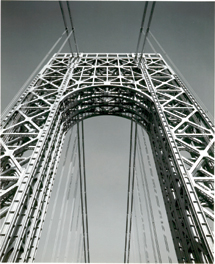 |
|
|
After I had the proper equipment I had to battle other problems. For all the
bridges I needed insurance to protect myself
and the bridge authorities from any dangerous situations, like dropping a lens
or getting myself hurt. I take safety very seriously and I have never had any
problems. I also needed a permit in order to access city-owned bridges. For
the Port Authority bridges, TBTA (Triborough Bridge and Tunnel Authority) bridges,
and the Hell Gate Bridge, owned by Amtrak, all that was required was insurance.
I always had an escort or two to accompany me up on the cables or towers. The
two most difficult bridges to climb were the Queensborough Bridge and the Hell
Gate Bridge. Incidentally, both bridges were designed and built by the great
engineer Gustav Lindenthal. Other problems I encountered were large ships or
boats, debris, and other foreign matter in the field of view. The most interesting
encounter I had was being attacked by peregrine falcons. Many of them build
nests on top of the bridges and they are very territorial.
Henry Hudson Bridge |
|
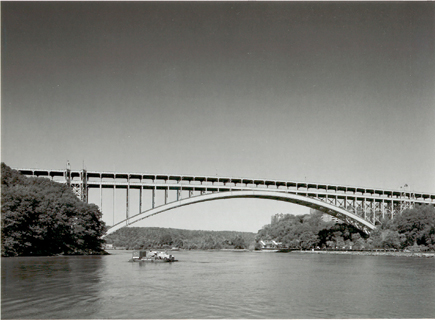 |
|
|
When I started this project almost all the bridge authorities decided to upgrade
and repair the entire New York City infrastructure. This meant that a lot of
bridges were covered in canvas and scaffolding for structural repairs and repainting.
I always try to show the bridges in pristine condition and those conditions
proved quite difficult.
